World War II left an indelible mark on Europe’s landscape, with numerous sites serving as powerful reminders of this pivotal period in human history. From bunkers and battlefields to museums and memorials, these locations offer visitors a chance to connect with the past and better understand the impact of this global conflict.
Whether you’re a history enthusiast or simply seeking to learn more about this crucial era, these 20 sites provide moving and educational experiences that help ensure we never forget the lessons of the past.
Normandy D-Day Beaches, France
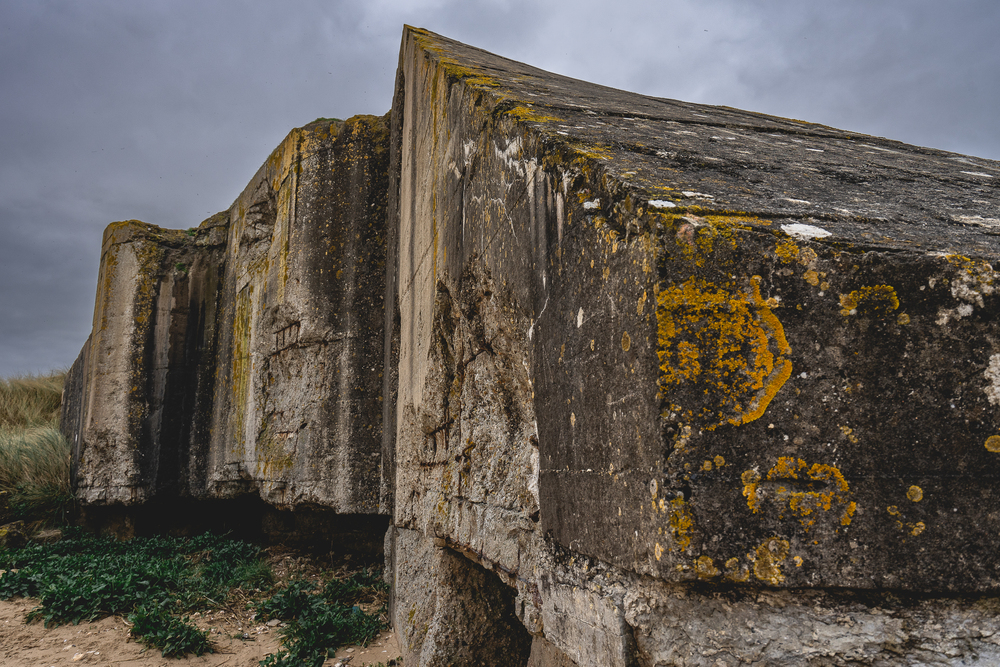
The five beaches of Operation Overlord – Omaha, Utah, Gold, Juno, and Sword – stretch across 50 miles of French coastline, offering a profound window into the largest amphibious invasion in history. You can walk these historic shores, visit the excellent Caen Memorial Museum, and explore numerous preserved bunkers along the coast.
The American Cemetery at Colleville-sur-Mer, with its 9,388 white marble crosses and Stars of David overlooking Omaha Beach, provides an especially moving tribute to those who fell during the invasion.
Auschwitz-Birkenau Memorial, Poland
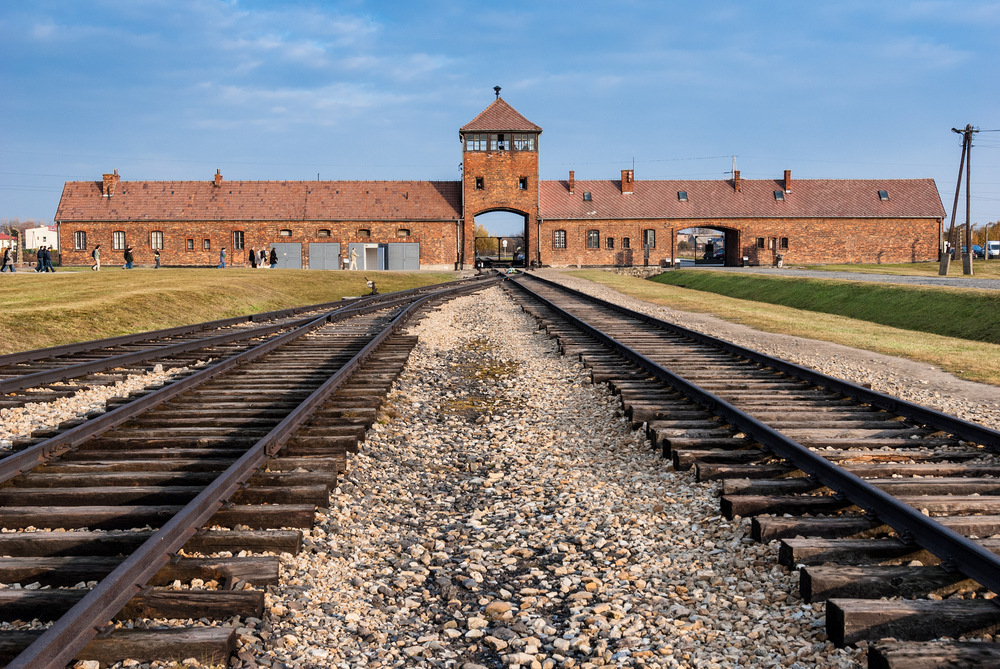
Located near Krakow, this former concentration camp stands as a sobering reminder of the Holocaust’s horrors. The site includes the original barracks, gas chambers, and crematoriums, along with an extensive museum containing artifacts and photographs.
Guided tours typically last about 3.5 hours and provide crucial historical context. The preserved railway tracks and guard towers offer powerful visual testimony to the scale of the atrocities committed here.
Like Travel Pug’s content? Follow us on MSN.
Churchill War Rooms, London

Hidden beneath the streets of Westminster, this underground complex served as the British government’s command center during the war. You can explore the Cabinet Room where Churchill and his advisors made crucial decisions, see the original Map Room frozen in time since 1945, and visit the excellent Churchill Museum.
The preserved living quarters offer intimate glimpses into life during the Blitz, while audio guides feature first-hand accounts from those who worked here.
Anne Frank House, Amsterdam
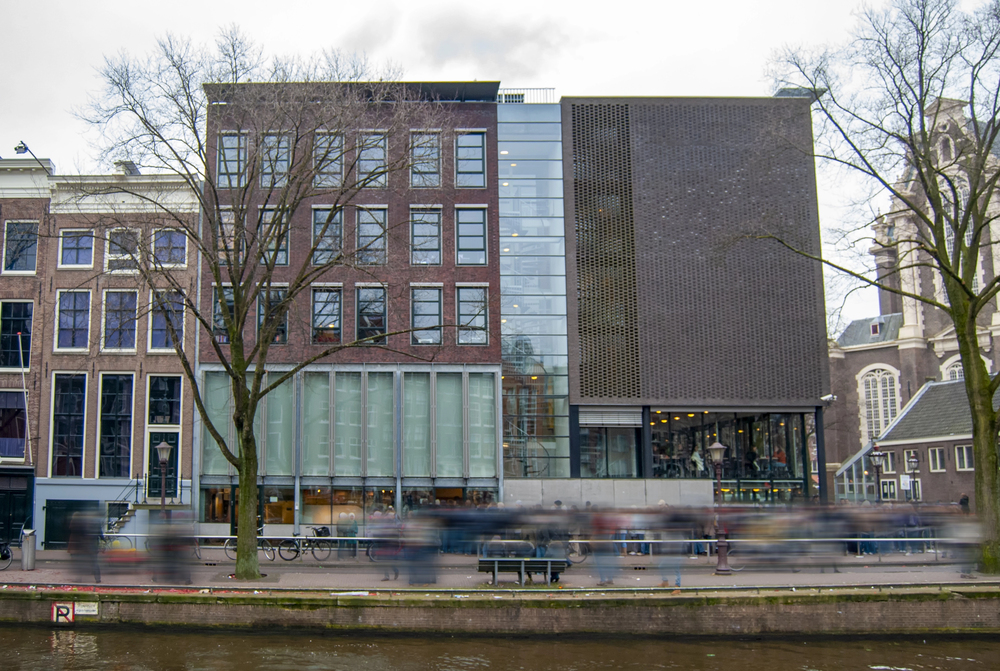
This preserved canal house in central Amsterdam contains the secret annex where Anne Frank and her family hid from Nazi persecution for two years. The rooms remain largely as they were, with the original bookcase concealing the entrance to the hiding place.
You’ll see Anne’s actual diary and writing desk, while multimedia exhibits provide historical context about the persecution of Jews in the Netherlands.
Eagle’s Nest (Kehlsteinhaus), Germany
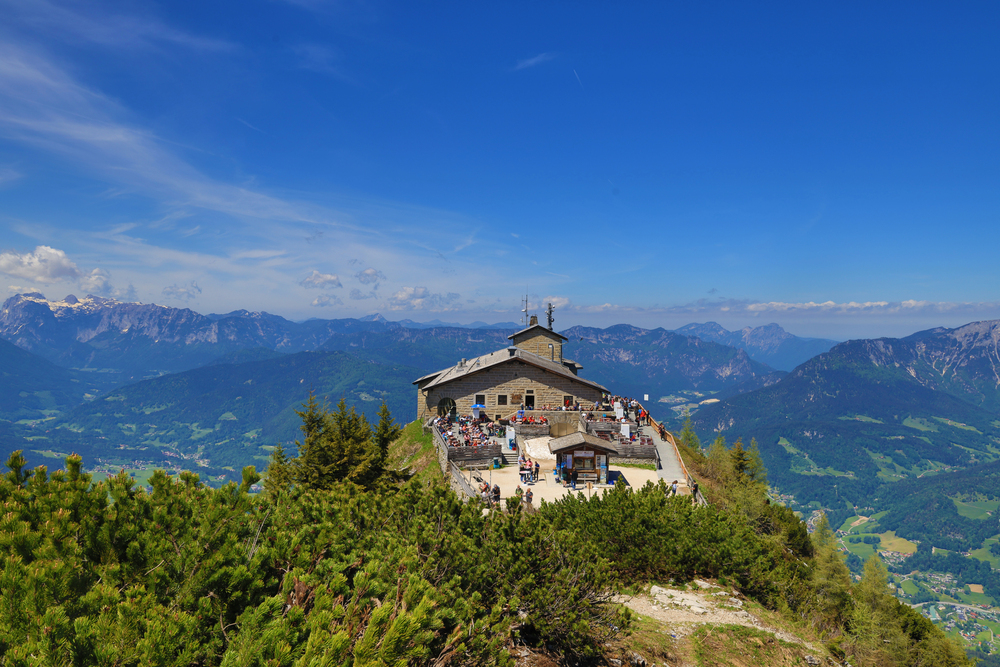
Perched atop the Kehlstein mountain near Berchtesgaden, this former Nazi retreat offers spectacular Alpine views and a unique glimpse into Hitler’s mountain stronghold.
The original brass elevator still carries visitors up the final 407 feet through solid rock. While much of the original furniture is gone, the massive Italian marble fireplace and other architectural features remain intact.
Like Travel Pug’s content? Follow us on MSN.
Wolf’s Lair, Poland
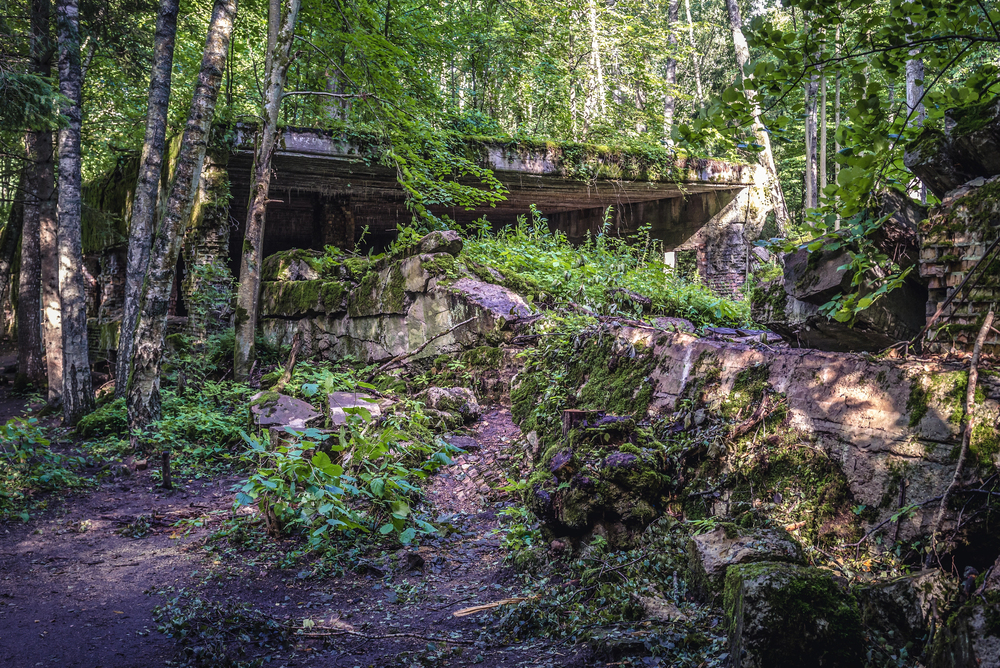
Hidden in the Masurian woods near Ketrzyn, this sprawling complex served as Hitler’s Eastern Front headquarters. The massive concrete bunkers, some with walls 26 feet thick, still bear witness to the failed assassination attempt by Claus von Stauffenberg in 1944.
Today, you can explore the ruins of roughly 50 buildings spread across 618 acres, with informative plaques explaining the site’s historical significance.
Monte Cassino Abbey, Italy
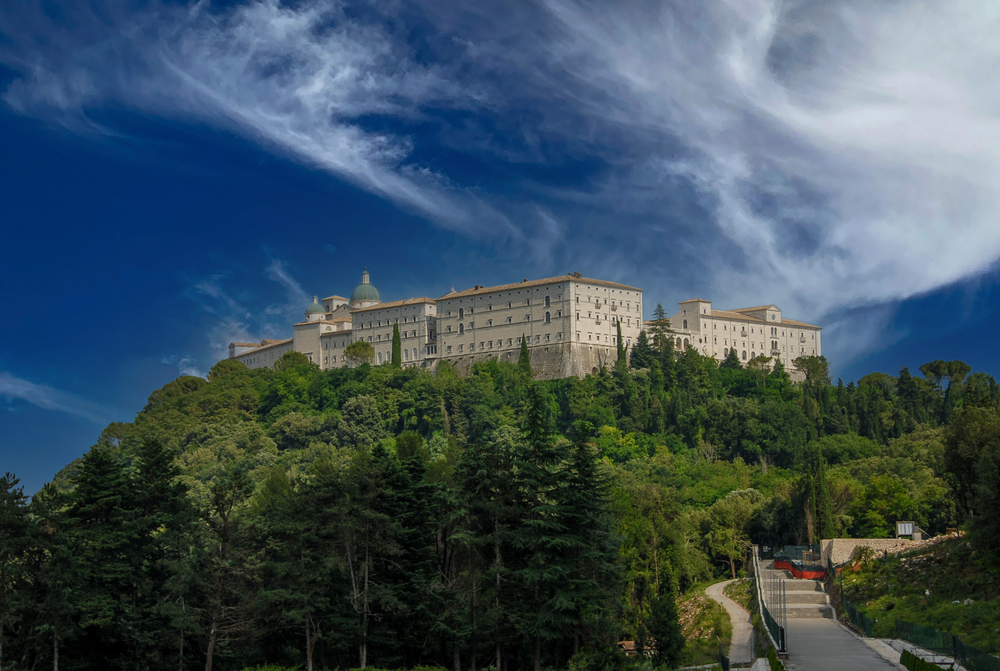
This restored 6th-century Benedictine monastery was the site of one of the war’s most controversial battles. The original abbey was destroyed by Allied bombing in 1944, believing German forces were using it as an observation post.
Visitors can tour the rebuilt monastery, visit the military cemeteries of various nationalities on the surrounding hillsides, and learn about the complex strategic decisions that led to the site’s destruction.
Dunkirk Beach and Museum, France
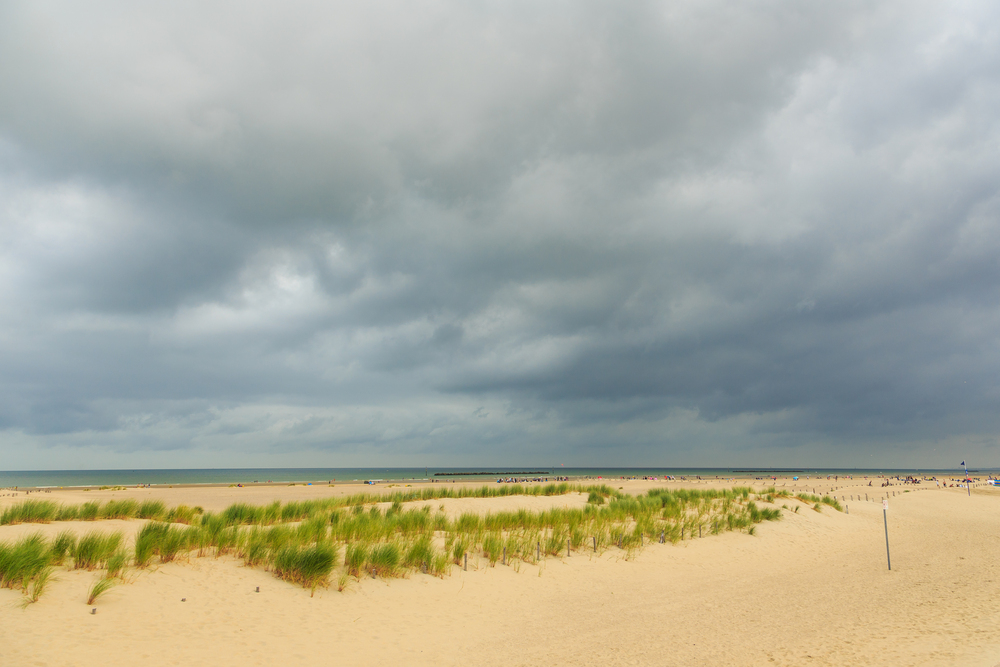
The site of the miraculous evacuation of 338,000 Allied troops in 1940 now features an excellent museum housing artifacts from Operation Dynamo. You can walk the beach where the evacuation took place, view preserved sections of the East Mole jetty used by departing ships, and explore several original bunkers.
The nearby British Memorial lists the names of over 4,500 soldiers who fell during the operation.
Like Travel Pug’s content? Follow us on MSN.
Berlin Unterwelten, Germany

This network of underground bunkers and tunnels beneath Berlin offers insight into civilian life during Allied bombing raids. Guided tours take you through air raid shelters, ammunition factories, and escape tunnels used to flee East Berlin after the war.
The preserved rooms contain original artifacts, while multimedia presentations help visitors understand the desperate conditions faced by Berlin’s residents.
Operation Market Garden Sites, Netherlands
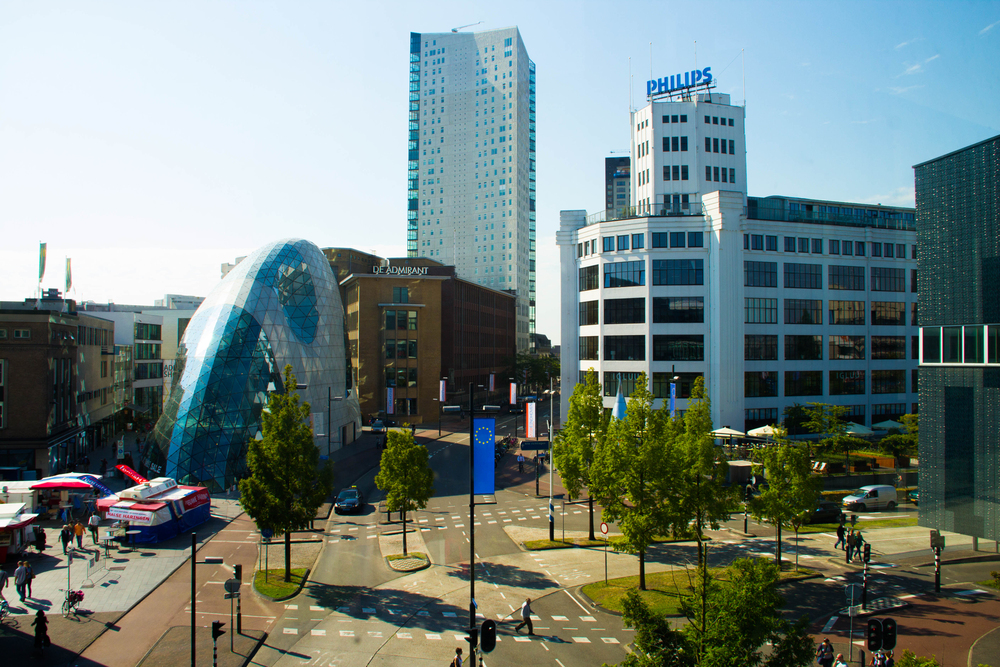
The locations of Operation Market Garden stretch from Eindhoven to Arnhem, telling the story of the Allied airborne assault that inspired ‘A Bridge Too Far.’ Key sites include the John Frost Bridge at Arnhem, the Airborne Museum in Oosterbeek, and numerous drop zones marked by monuments.
The annual September commemorative parachute drops provide a spectacular living history experience.
U-Boat Pens, Saint-Nazaire, France
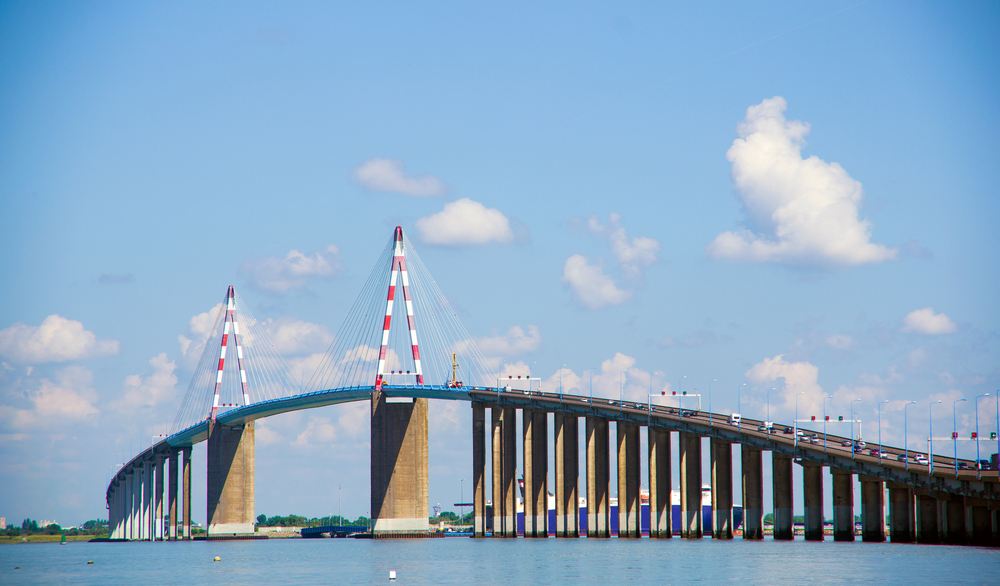
This massive concrete submarine base stands as one of the most impressive German military structures surviving in France. The 14 pens, protected by roofs up to 26 feet thick, could shelter up to 15 U-boats.
Today, you can tour the facility, explore a reconstructed submarine pen, and learn about the strategic importance of the U-boat campaign in the Battle of the Atlantic.
Like Travel Pug’s content? Follow us on MSN.
Bastogne War Museum, Belgium
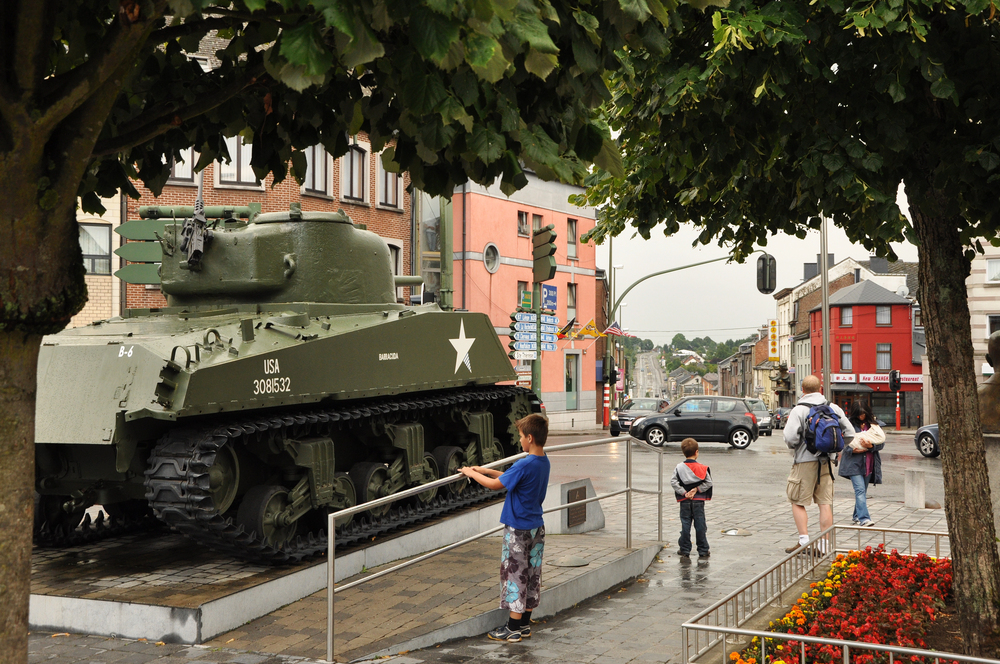
Located at the heart of the Battle of the Bulge, this modern museum offers an immersive experience of the last major German offensive on the Western Front. Interactive exhibits, personal stories, and three ‘scenovisions’ help visitors understand the harsh winter conditions faced by soldiers.
The nearby Mardasson Memorial provides panoramic views of the battlefield while honoring the American soldiers who defended the town.
Oskar Schindler’s Factory, Krakow

The former enamel factory where Oskar Schindler saved the lives of over 1,000 Jewish workers now houses an excellent interactive museum. Beyond telling Schindler’s story, the museum provides a comprehensive look at life in occupied Krakow.
Original artifacts, photographs, and multimedia displays create an engaging narrative of resistance and survival.
Atlantic Wall Museum, Denmark
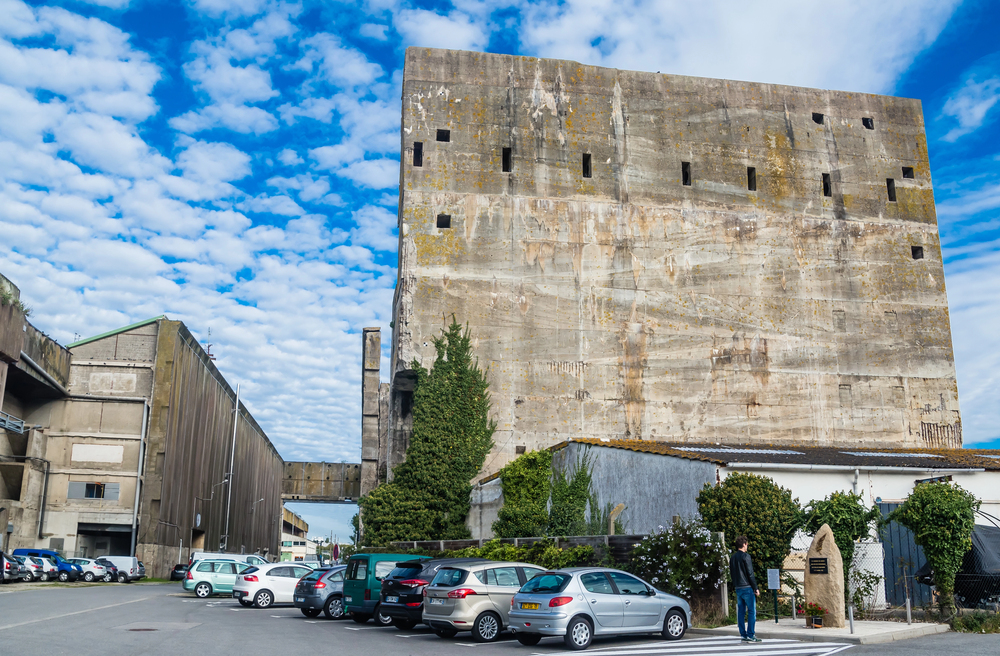
Located in Hanstholm, this restored coastal artillery battery represents one of the largest German fortifications in Denmark. The massive bunker complex includes gun emplacements, ammunition stores, and living quarters, all connected by a network of underground tunnels.
The museum effectively demonstrates the scale of Hitler’s Atlantic Wall defense system while preserving original equipment and furnishings.
Like Travel Pug’s content? Follow us on MSN.
Hradištko Labor Camp, Czech Republic
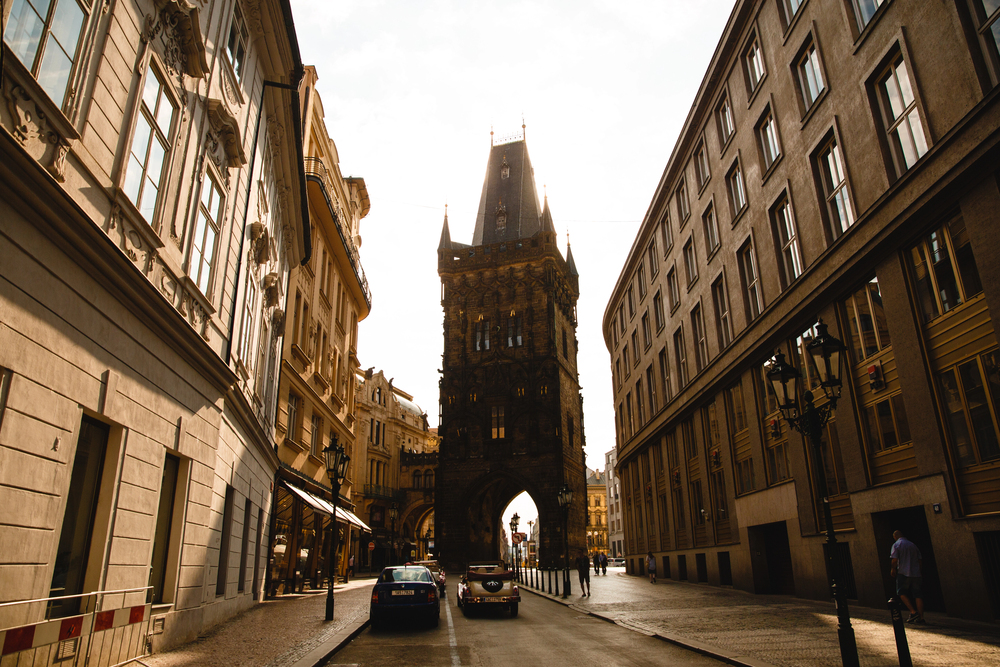
This lesser-known site near Prague served as a slave labor camp where prisoners worked in underground factories producing components for V1 and V2 rockets. Today, you can explore the remaining tunnel systems, see preserved prisoner barracks, and learn about the secret weapons programs that relied on forced labor.
Carinhall Archaeological Site, Germany
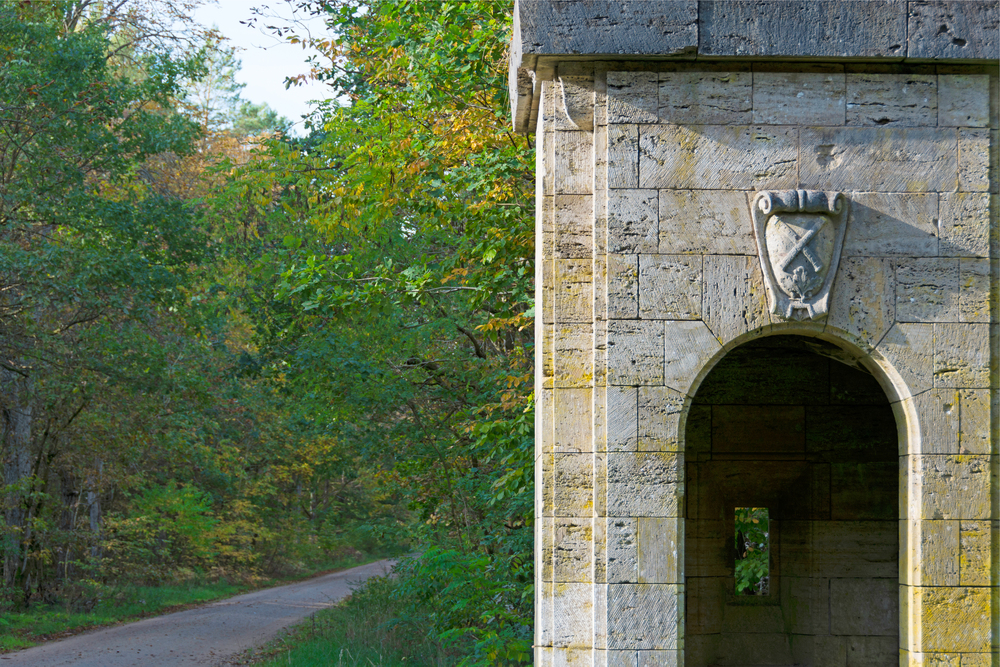
The ruins of Hermann Göring’s country estate lie hidden in the forests north of Berlin. While most of the buildings were destroyed in 1945, archaeological excavations have revealed foundations, bunkers, and numerous artifacts.
The site offers insight into the luxurious lifestyle of Nazi leadership while serving as a reminder of the regime’s ultimate fate.
Museum of the Liberation of Rome, Italy

Housed in the actual building where the Gestapo maintained their headquarters and prison, this museum preserves cells where resistance members were tortured and killed. The preserved graffiti and personal effects of prisoners provide powerful testimony to both Nazi brutality and resistance courage.
The museum’s location on Via Tasso places it within walking distance of other significant WWII sites in Rome.
Like Travel Pug’s content? Follow us on MSN.
Pegasus Bridge Museum, France
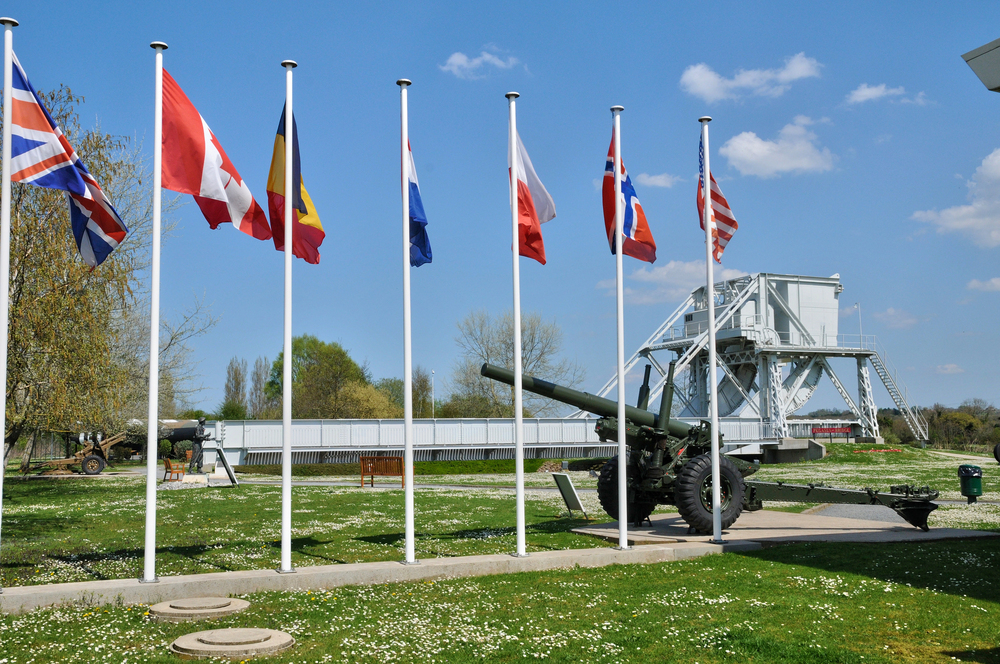
This site commemorates the daring glider assault that captured two crucial bridges in the opening minutes of D-Day. The original bridge is preserved in the museum grounds, while the modern replacement still spans the Caen Canal.
Interactive exhibits explain the precision required for the nighttime landing, while the nearby Café Gondrée, the first building liberated on D-Day, continues serving visitors.
Salaspils Memorial Ensemble, Latvia
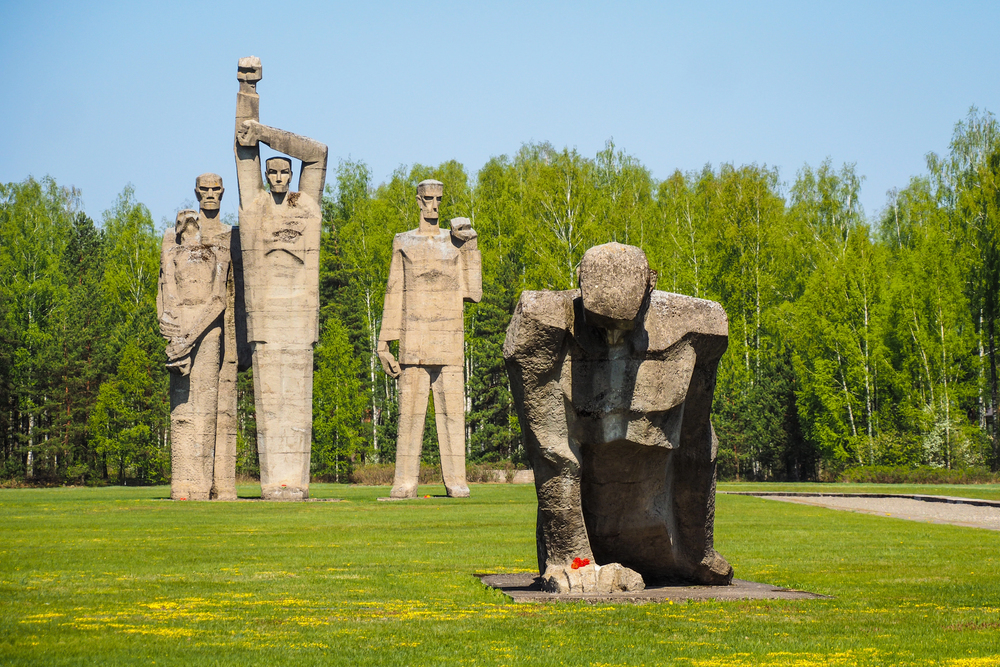
This former concentration camp site now features massive concrete sculptures and a powerful sound installation that plays the rhythmic beat of a human heart. The memorial complex preserves several original buildings while using modern artistic elements to convey the camp’s tragic history.
The site provides crucial insight into the Holocaust’s impact on Eastern Europe and the Baltic states.
The Valentin Submarine Assembly Bunker, Germany
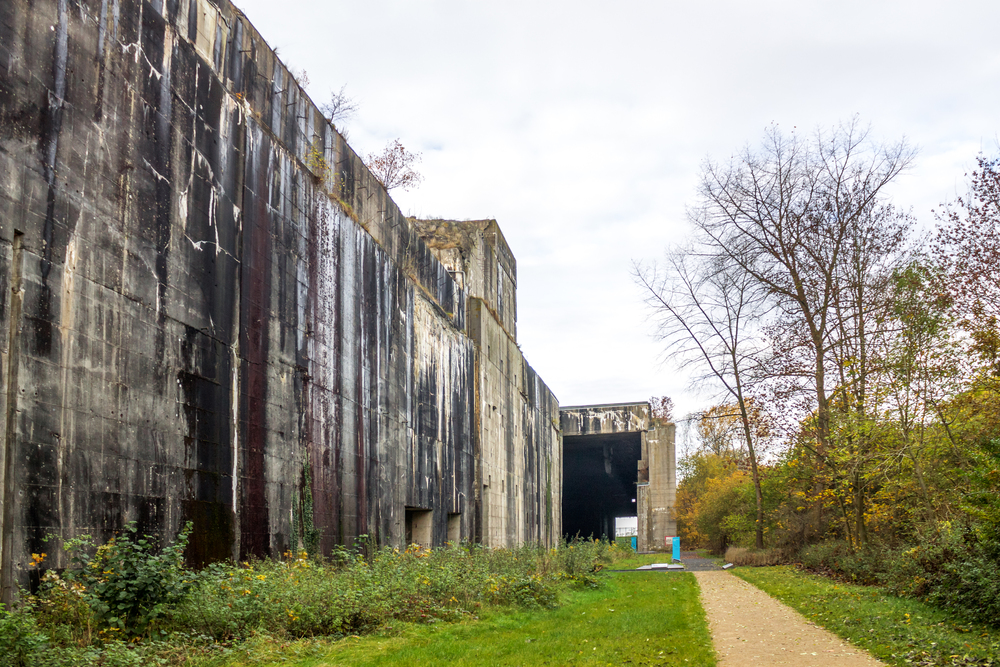
This enormous concrete structure near Bremen was built to mass-produce Type XXI U-boats but never completed. The facility stretches for nearly a half mile and contains over 435,000 cubic feet of concrete.
Today, visitors can tour the massive interior spaces, learn about the forced labor used in its construction, and see the remarkable engineering that went into this failed industrial project.
Like Travel Pug’s content? Follow us on MSN.
A Bridge Between Past and Present
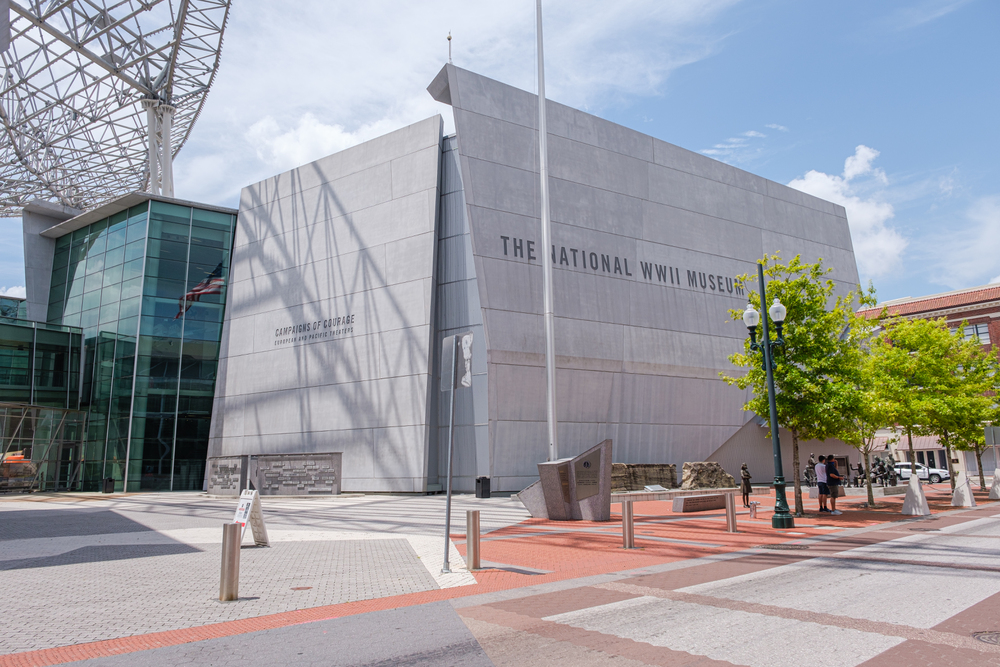
These twenty sites represent just a fraction of the historically significant WWII locations across Europe, each offering unique perspectives on different aspects of the conflict.
Whether you’re interested in military history, civilian experiences, resistance movements, or industrial heritage, these preserved locations provide tangible connections to one of history’s most crucial periods. By visiting these sites, you not only gain a deeper understanding of past events but also help ensure that future generations remember the cost of war and the value of peace.
More from Travel Pug

- 15 Dangerous European Cities to Avoid
- 15 Caribbean Islands Where Tourists Keep Getting Scammed
- The 20 Most Fascinating Abandoned Places: A Journey Through Time and Forgotten Spaces
- 15 Hidden Places in the Smithsonian Museums Locals Love: A Guide to Lesser-Known Treasures
- 16 Hidden Florida Beach Towns That Aren’t Overrun with Tourists
Like Travel Pug’s content? Follow us on MSN.
